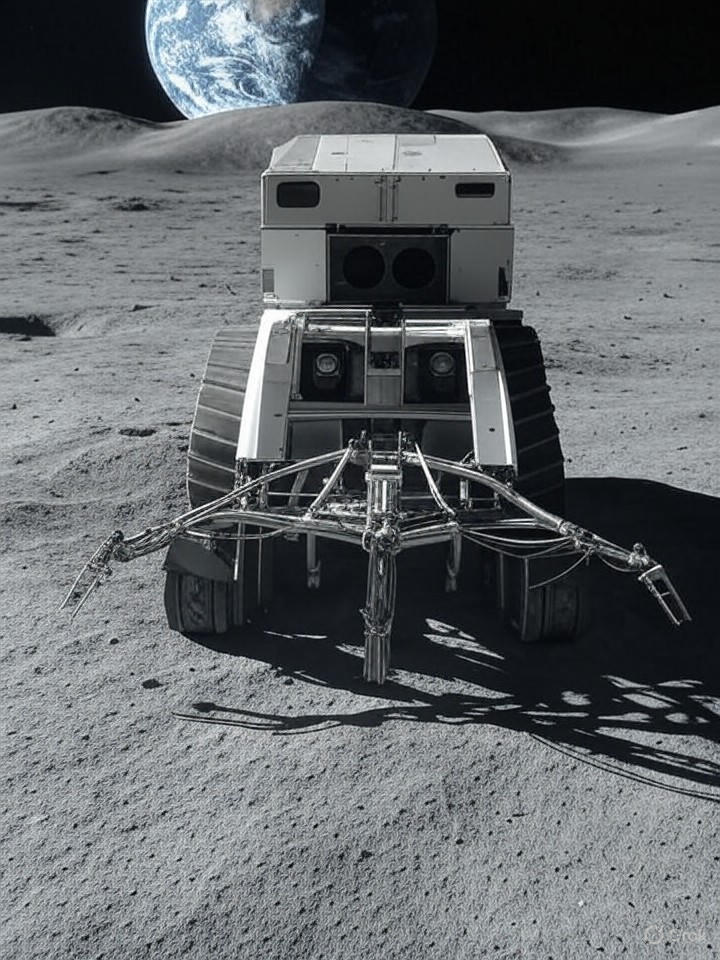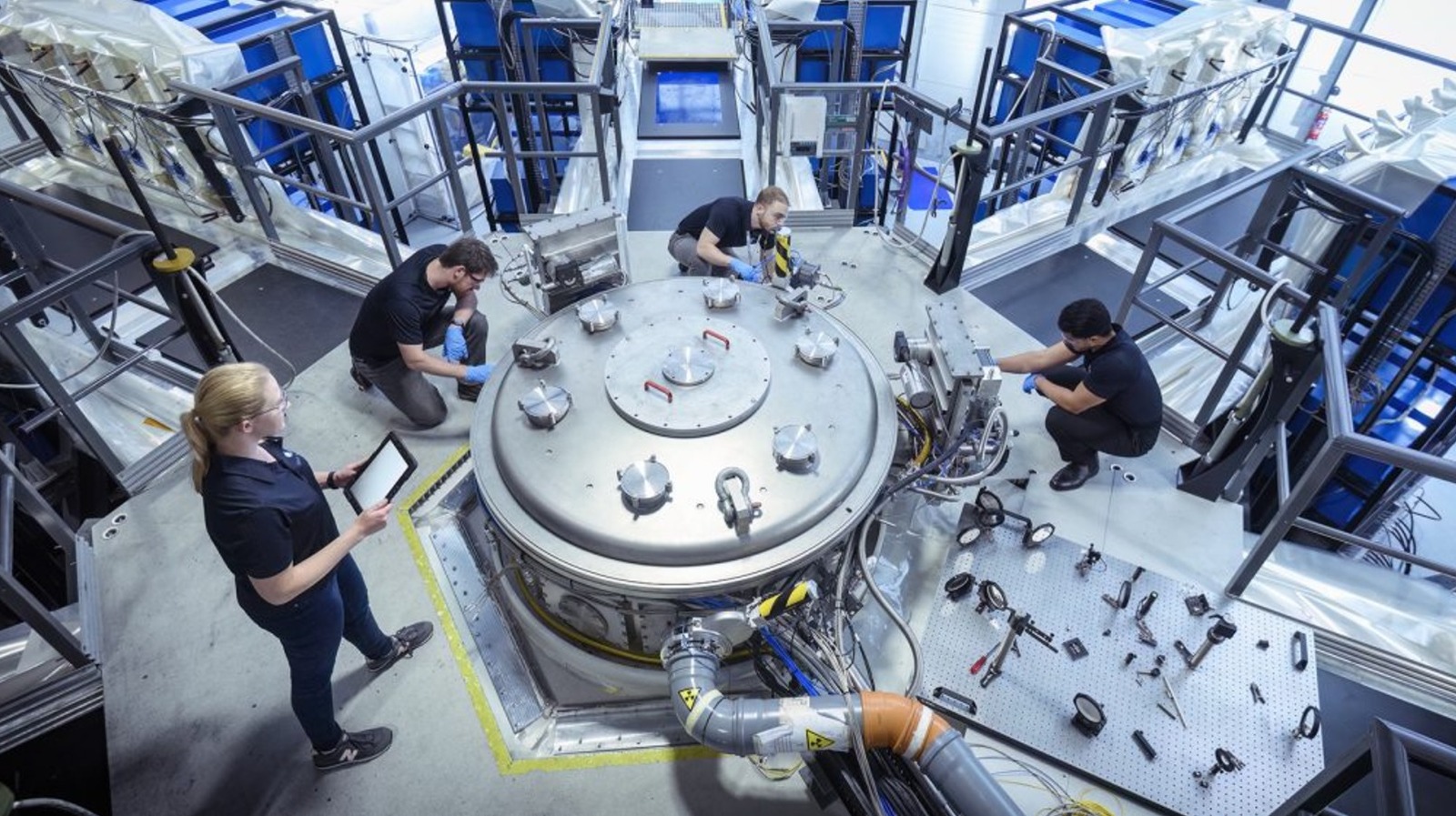A pioneering company, Interlune, has announced plans to extract helium-3 from the lunar surface by 2028. This isotope, previously deemed a game-changer for industries such as clean energy and quantum computing, could provide a significant leap forward in sustainable energy solutions. The announcement highlights the increasing commercial interest in space mining as both nations and private enterprises explore the moon’s abundant resources.
Interlune claims to have identified substantial helium-3 deposits through advanced surveying techniques. This rare isotope is not only non-radioactive but also ideal for use in nuclear fusion reactors, potentially offering a pathway to limitless, waste-free energy. With estimates placing its value at up to $20 million per kilogram, demand for helium-3 is expected to surge, particularly within high-tech sectors.
Geopolitical Implications of Lunar Resource Extraction
The announcement arrives as competition intensifies between global powers, notably the United States and China, both seeking to establish dominance over lunar resources. According to a report from Space.com, Interlune’s efforts align with broader ambitions to secure helium-3 for applications in quantum computing, where it is critical for maintaining ultra-low temperatures. The company has already secured agreements to supply up to 10,000 liters of helium-3, indicating early market confidence.
Practical steps are already underway, with Interlune unveiling a prototype harvester capable of processing 110 tons of lunar regolith per hour. This machinery aims to tackle the logistical challenges of lunar operations, including extreme temperatures and the lack of atmosphere, while minimizing environmental disruption on the moon.
Technological Innovations and Future Prospects
The applications of helium-3 extend beyond energy; it plays a vital role in medical imaging and supercomputing, where its scarcity on Earth has driven prices higher. As noted in a piece by Forbes, Interlune is also developing robotic systems for autonomous mining, potentially operational by 2028. This timeline coincides with NASA’s Artemis program and China’s Chang’e missions, which could provide the necessary infrastructure for transport and processing.
While the challenges of high costs and the unproven economics of transporting materials back to Earth remain, proponents argue that utilizing lunar resources for in-situ construction of habitats or fuel depots could mitigate expenses. As highlighted by Interesting Engineering, global superpowers view helium-3 as “moon gold,” with Russia also joining the race, indicating a potential reshaping of energy geopolitics.
Economic considerations are also driving investment into this venture. Interlune has raised funds to deploy multispectral cameras for precise resource mapping, as reported by Autoevolution. A significant deal with quantum cryogenics firm Bluefors marks one of the largest contracts related to space resources to date, underscoring helium-3’s potential role in advancing computational power.
Ethical questions about equitable access to lunar resources emerge in discussions surrounding the Outer Space Treaty. Critics caution against a new colonial rush for resources, while supporters, including sources cited in publications by the European Space Agency, emphasize the potential for shared technological advancements that could contribute to addressing climate change.
Looking ahead, successful helium-3 mining could catalyze a broader space economy focused on extracting other valuable resources such as water ice, rare earth elements, and oxygen from lunar soil. Insights from 21st Century Tech Blog suggest that these developments could support permanent lunar settlements, reducing reliance on Earth-supplied resources.
For industry insiders, the feasibility of Interlune’s prototypes will be a crucial metric. If successful, this could attract billions in investment, transforming space from a scientific frontier into a profitable domain. Ultimately, Interlune’s lunar ambitions represent a pivotal shift, bringing humanity closer to harnessing cosmic resources, with the potential for profound impacts on Earth’s technological landscape.







